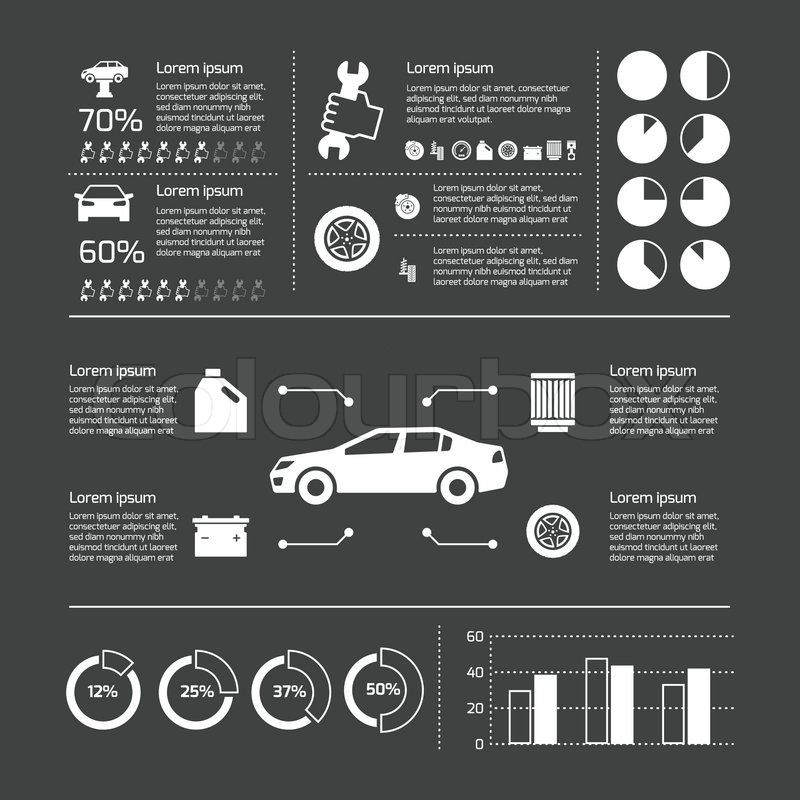Assessing Your Auto'S Caution Indicators: What They Truly Convey
Assessing Your Auto'S Caution Indicators: What They Truly Convey
Blog Article
Short Article Writer-Sykes Kejser
When you lag the wheel, those beautiful caution lights on your control panel can be a bit complicated. Do you recognize what they're trying to tell you about your vehicle's health? Understanding the significance of these lights is vital for your safety and the long life of your automobile. So, the next time among those lights turns up, wouldn't you intend to decipher its message accurately and take the required actions to resolve it?
Common Caution Lighting and Interpretations
Identify common caution lights in your auto and recognize their meanings to guarantee risk-free driving.
One of the most common warning lights include the check engine light, which indicates concerns with the engine or exhausts system. If this light begins, it's important to have your car inspected promptly.
The oil pressure alerting light shows reduced oil stress, needing immediate focus to avoid engine damages.
A flashing battery light could recommend a malfunctioning billing system, potentially leaving you stranded if not attended to.
The tire stress surveillance system (TPMS) light notifies you to reduced tire pressure, influencing car security and gas effectiveness. Neglecting this could result in risky driving conditions.
The abdominal light shows a trouble with the anti-lock stopping system, compromising your ability to stop rapidly in emergency situations.
Lastly, the coolant temperature warning light warns of engine getting too hot, which can result in severe damage if not resolved promptly.
Recognizing these common caution lights will certainly help you address problems quickly and keep risk-free driving conditions.
Value of Prompt Attention
Comprehending the typical warning lights in your cars and truck is only the initial step; the significance of quickly addressing these cautions can't be emphasized sufficient to guarantee your safety on the road.
When a caution light illuminates on your dashboard, it's your automobile's means of connecting a potential problem that needs attention. Overlooking https://brakeservice62849.atualblog.com/38284372/mobile-vehicle-describing-enhancing-your-lorry-s-appearance-on-the-move can cause much more severe issues later on, endangering your security and possibly costing you more in repairs.
Trigger attention to advising lights can stop failures and mishaps. For https://www.vvdailypress.com/story/news/2022/01/21/fire-damages-long-serving-lovelands-automotive-repair-shop-victorville-accidental-blaze/6614307001/ , a blinking check engine light might indicate a misfire that, if left unattended, could create damages to the catalytic converter. Resolving this immediately can conserve you from a pricey fixing.
Likewise, a brake system alerting light could indicate reduced brake fluid or used brake pads, vital parts for your security when driving.
Do It Yourself Troubleshooting Tips
If you notice a warning light on your dashboard, there are a few DIY troubleshooting pointers you can try prior to looking for professional assistance.
The primary step is to consult your vehicle's manual to comprehend what the certain warning light indicates. In some cases the problem can be as easy as a loosened gas cap activating the check engine light. Tightening the gas cap might deal with the issue.
An additional typical concern is a low battery, which can set off various warning lights. Examining the battery links for corrosion and ensuring they're protected may take care of the problem.
If a warning light lingers, you can try resetting it by disconnecting the automobile's battery for a few minutes and then reconnecting it. Furthermore, inspecting your lorry's liquid levels, such as oil, coolant, and brake liquid, can help fix warning lights associated with these systems.
danddcarwashnz
To conclude, comprehending your vehicle's caution lights is important for maintaining your vehicle running smoothly and safely. By promptly resolving these informs and recognizing what they indicate, you can stay clear of expensive fixings and possible breakdowns.
Keep in mind to consult your cars and truck's manual for specific information on each alerting light and do something about it accordingly to make certain a trouble-free driving experience.
Stay informed, stay secure when traveling!
